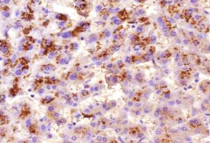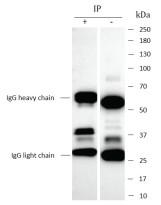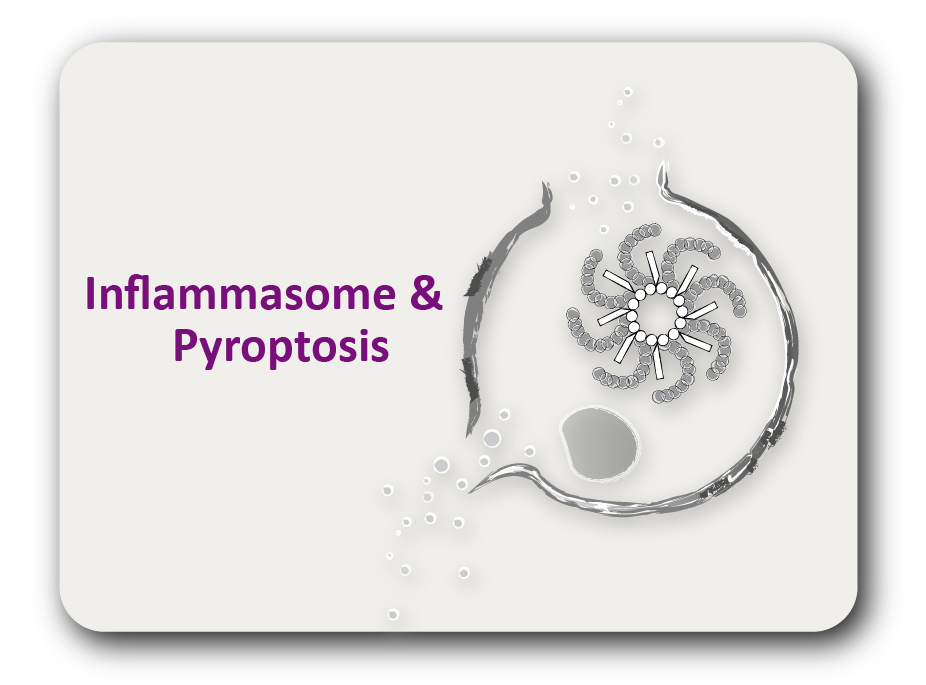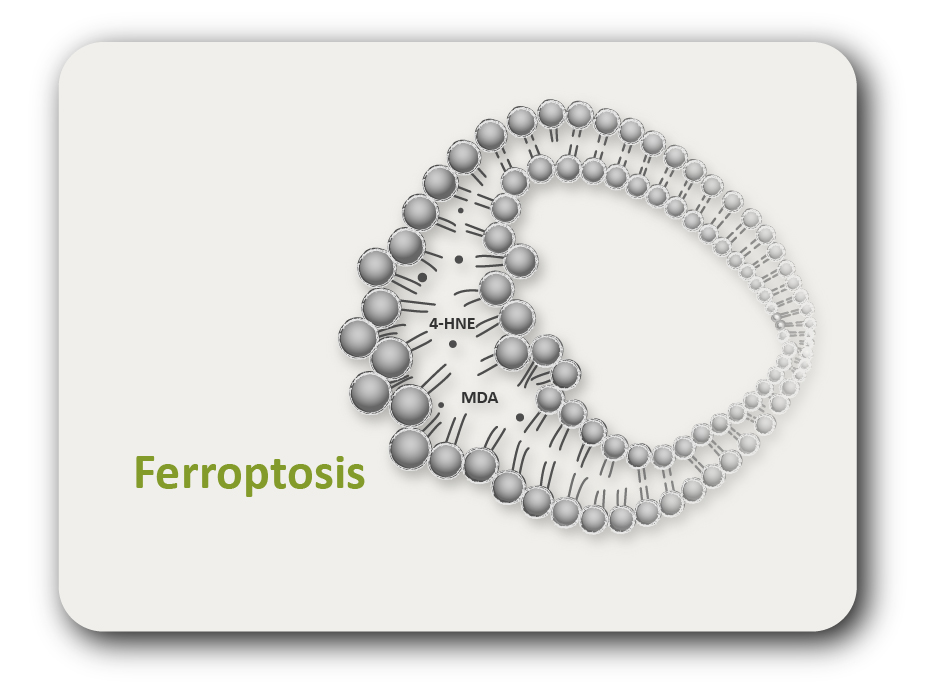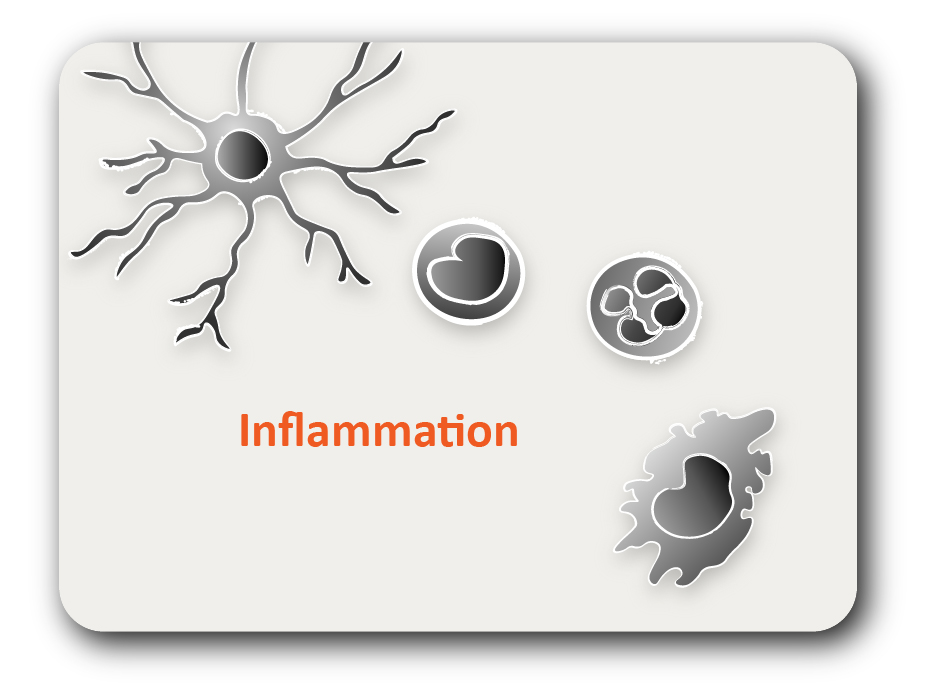ARG44679
anti-IL1 alpha antibody
anti-IL1 alpha antibody for ELISA,IHC-Formalin-fixed paraffin-embedded sections,Immunoprecipitation and Human
概述
| 产品描述 | Mouse Monoclonal antibody recognizes IL1 alpha |
|---|---|
| 反应物种 | Hu |
| 应用 | ELISA, IHC-P, IP |
| 宿主 | Mouse |
| 克隆 | Monoclonal |
| 同位型 | IgG2b |
| 靶点名称 | IL1 alpha |
| 抗原物种 | Human |
| 偶联标记 | Un-conjugated |
| 別名 | IL-1 alpha; Interleukin-1 alpha; IL1; IL1F1; Hematopoietin-1; IL1-ALPHA; IL-1A |
应用说明
| 应用建议 |
|
||||||||
|---|---|---|---|---|---|---|---|---|---|
| 应用说明 | * The dilutions indicate recommended starting dilutions and the optimal dilutions or concentrations should be determined by the scientist. |
属性
| 形式 | Liquid |
|---|---|
| 纯化 | Protein A purification |
| 缓冲液 | PBS with 0.09% sodium azide |
| 存放说明 | For continuous use, store undiluted antibody at 2-8°C for up to a week. For long-term storage, aliquot and store at -20°C or below. Storage in frost free freezers is not recommended. Avoid repeated freeze/thaw cycles. Suggest spin the vial prior to opening. The antibody solution should be gently mixed before use. |
| 注意事项 | For laboratory research only, not for drug, diagnostic or other use. |
生物信息
| 数据库连接 | |
|---|---|
| 基因名称 | Il1a |
| 全名 | interleukin 1 alpha |
| 背景介绍 | The protein encoded by this gene is a member of the interleukin 1 cytokine family. This cytokine is a pleiotropic cytokine involved in various immune responses, inflammatory processes, and hematopoiesis. This cytokine is produced by monocytes and macrophages as a proprotein, which is proteolytically processed and released in response to cell injury, and thus induces apoptosis. This gene and eight other interleukin 1 family genes form a cytokine gene cluster on chromosome 2. It has been suggested that the polymorphism of these genes is associated with rheumatoid arthritis and Alzheimer's disease. [provided by RefSeq, Jul 2008] |
| 生物功能 | Produced by activated macrophages, IL-1 stimulates thymocyte proliferation by inducing IL-2 release, B-cell maturation and proliferation, and fibroblast growth factor activity. IL-1 proteins are involved in the inflammatory response, being identified as endogenous pyrogens, and are reported to stimulate the release of prostaglandin and collagenase from synovial cells. [UniProt] |
检测图片 (2) Click the Picture to Zoom In
